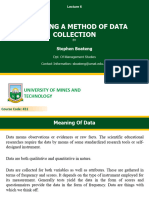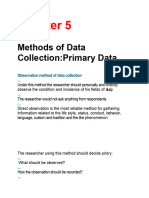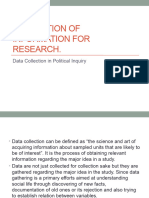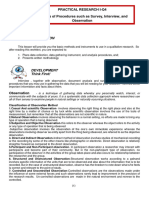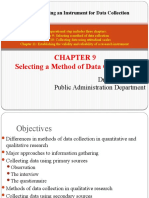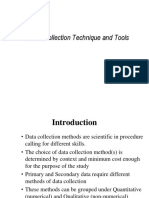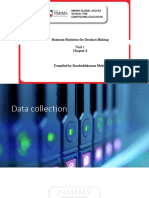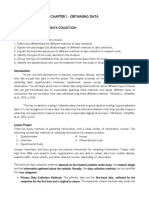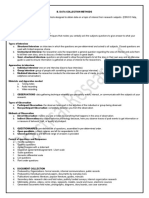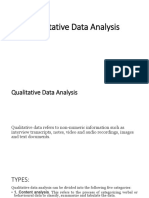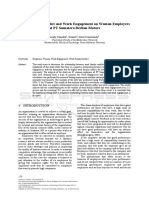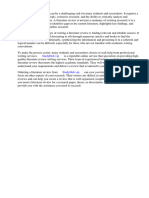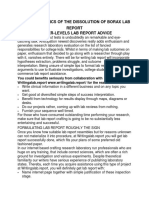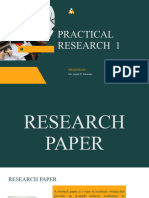0% found this document useful (0 votes)
37 views31 pagesUnit 9 - Methods of Data Collection - Modif
Uploaded by
202111238Copyright
© © All Rights Reserved
We take content rights seriously. If you suspect this is your content, claim it here.
Available Formats
Download as PPTX, PDF, TXT or read online on Scribd
0% found this document useful (0 votes)
37 views31 pagesUnit 9 - Methods of Data Collection - Modif
Uploaded by
202111238Copyright
© © All Rights Reserved
We take content rights seriously. If you suspect this is your content, claim it here.
Available Formats
Download as PPTX, PDF, TXT or read online on Scribd
/ 31

